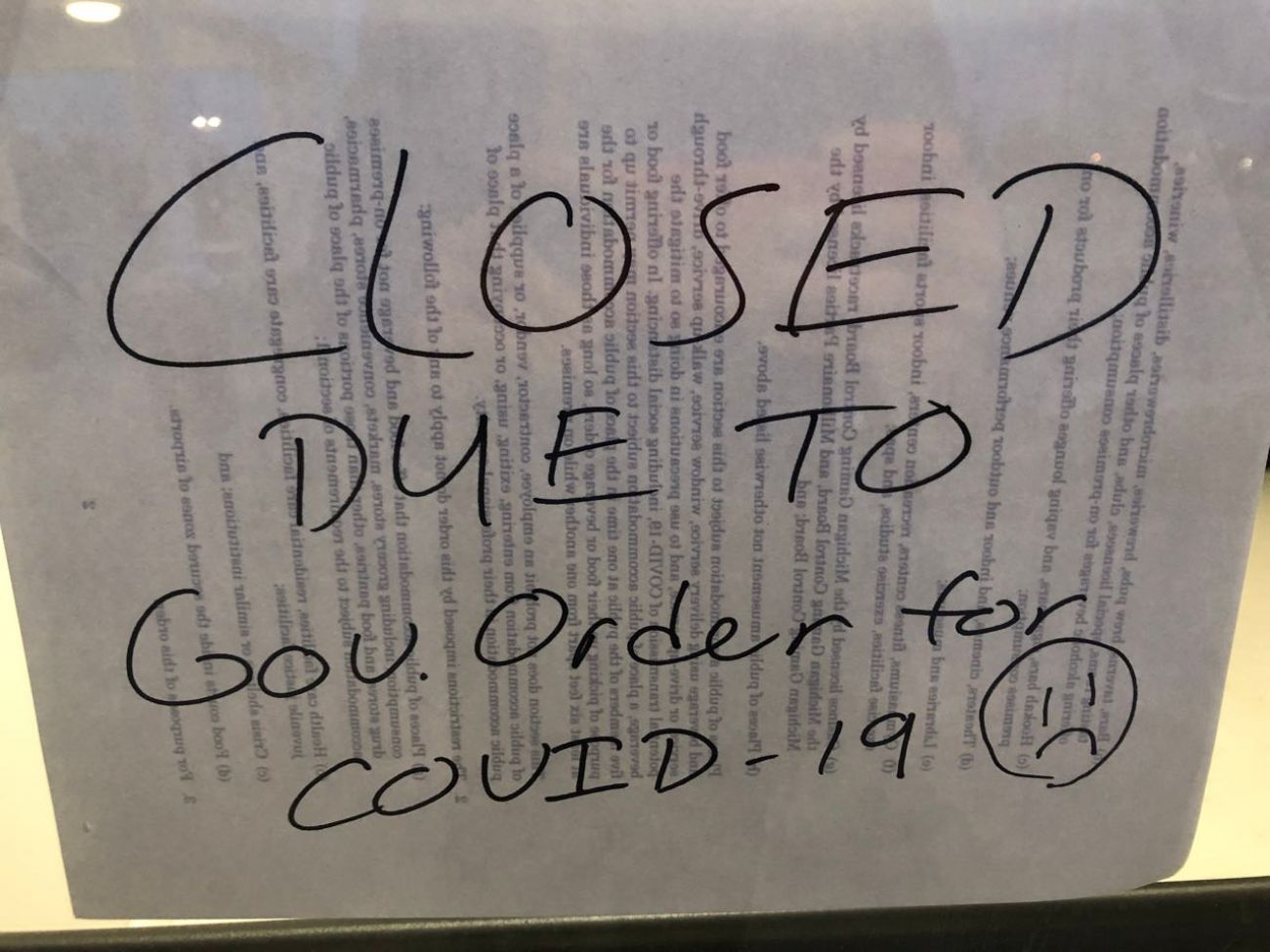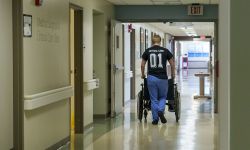Coronavirus cases rising again in Michigan. That may not be bad news.

Michigan’s coronavirus cases climbed again Friday for the fourth consecutive day, but health experts say that may not be cause for serious concern.
“The more you test, the more you'll find,” said Dr. Peter Gulick, an infectious disease expert at the Michigan State University College of Osteopathic Medicine.
The increase coincided with a rise in testing, as Michigan administered nearly 38,000 in the past seven days, up nearly a third from 28,400 the week before. The percentage of those who tested positive dropped over that time to 23 percent from 41 percent.

That’s higher than the 3 percent to 12 percent the World Health Organization recommends for economies to reopen, but it is a step in the right direction, experts said.
The few days of case increases seem to have been driven by several factors.
- Southeast Michigan continues to bear the brunt of COVID-19. In the past week, Detroit and Wayne County recorded about 1,900 cases, up 15 percent, while cases in Oakland County increased 14 percent to 783 and those in Macomb County jumped 18 percent to 771.
- In west Michigan, cases nearly doubled in Kent County for the week, while they rose 72 percent in Kalamazoo County, 70 percent in Ottawa County and 50 percent in Muskegon County.
- Cases at Michigan Department of Corrections facilities increased more than 200 on Friday, a 76 percent spike for the week to 973.
Dr. Joseph Eisenberg, chair of the epidemiology department at the University of Michigan, said a few days of data don’t offer much insight during a pandemic.
“The variability in the disease process is huge, and that’s even if we have perfect testing,” Eisenberg said.
Additionally, national labs processing large numbers of tests sometimes dump a bunch of results at once, said Dr. Russell Faust, medical director for Oakland County.
“As that happens you get these little mini-blips and you don’t have a smooth graph of data,” he said.
Oakland County administered 800 tests this past week, and has “really lowered the bar” for people who want to get a test to include asymptomatic first responders, health care workers, and essential workers, Faust said
More than a month ago, testing was restricted mostly to those with severe symptoms, and it required a doctor’s prescription. But “an enormous proportion” of people with COVID-19 do not manifest the typical symptoms of fever, cough and shortness of breath, he said.
Faust said he’s cautiously optimistic about the drop in the percent positive rate, but warns that it’s too soon to tell if that’s a true indication of the disease dying down.
That’s because both the number of tests administered and the demographics of the people being tested have changed, making it difficult to truly compare early results with those seen now.
RESOURCES:
- Hey, Michigan, here’s how to make a face mask to fight coronavirus
- Michigan coronavirus dashboard: cases, deaths and maps
- Michigan families can get food, cash, internet during coronavirus crisis
- How to give blood in Michigan during the coronavirus crisis
- 10 ways you can help Michigan hospital workers right now
- Michigan coronavirus Q&A: Reader questions answered
- How to apply for Michigan unemployment benefits amid coronavirus crisis
See what new members are saying about why they donated to Bridge Michigan:
- “In order for this information to be accurate and unbiased it must be underwritten by its readers, not by special interests.” - Larry S.
- “Not many other media sources report on the topics Bridge does.” - Susan B.
- “Your journalism is outstanding and rare these days.” - Mark S.
If you want to ensure the future of nonpartisan, nonprofit Michigan journalism, please become a member today. You, too, will be asked why you donated and maybe we'll feature your quote next time!








